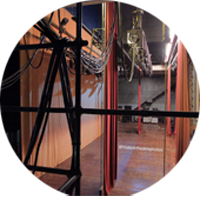<< Go Back up to the Paramount Theatre
Here you can find out about the architect firms and individual architects associated with the theatres featured on this website.
To view all architect firms and individual architects featured on this website click here.
Photographs copyright © 2002-2024 Mike Hume / Historic Theatre Photos unless otherwise noted.
Text copyright © 2017-2024 Mike Hume / Historic Theatre Photos.
For photograph licensing and/or re-use contact me here  .
.
| Follow Mike Hume’s Historic Theatre Photography: |
 |
 |


 .
.
